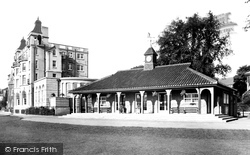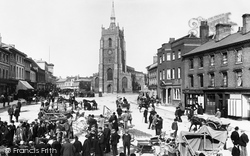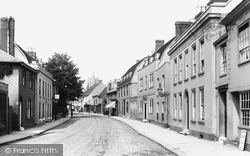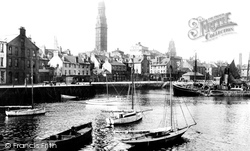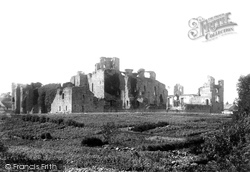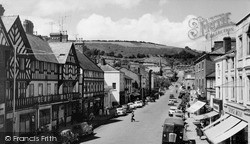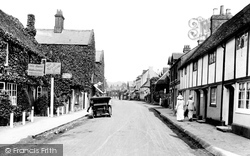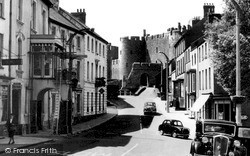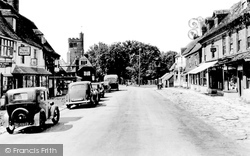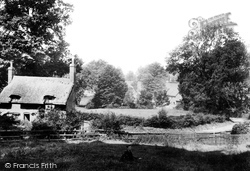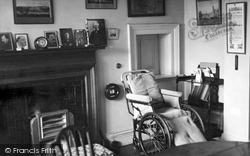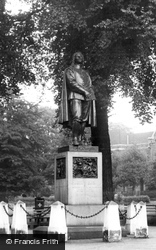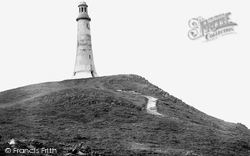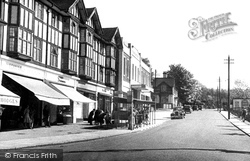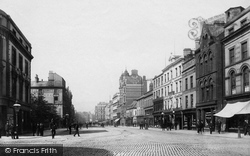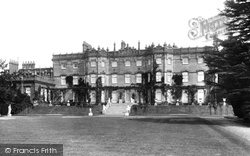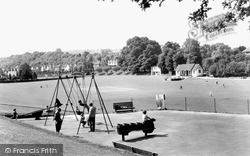Captions
137 captions found. Showing results 121 to 140.
Born in Cambridge in 1882, Sir John Berry 'Jack' Hobbs was undoubtedly the world's greatest cricket batsman of his time.
Sudbury, on the River Stour, was once an important cloth town, and has always had a popular market. Market Hill is lined with elegant Georgian buildings, with St Peter's Church at the top.
The imposing 18th-century building on the right with the round-headed doorway has a twin nearly opposite.
Greenock was a beneficiary of the River Clyde's industrial heyday. It is sad that most of the shipbuilding and heavy industry have now gone into decline.
The castle was originally a motte and bailey. The stone keep was built in 1170, with the stone curtain walls and improved living quarters being added shortly afterwards.
The market was established in 1279 with a charter granted by Edward I, but Newtown's growth is due mainly to the application of technology to the cottage-based woollen industry.
Cookham will forever be associated with the artist Stanley Spencer who was born in Cookham in 1891 and died in 1959.
The castle, re-built in stone from 1189 by William Marshall, Earl of Pembroke, keeps a broody watch on the town - as it has always done. Henry Tudor, the future King Henry VII, was born here in 1457.
An interesting collection of old cars can be seen along the left-hand side of the road next to the tea rooms on the main street of this pleasant village.
The village of Charlton lies about 3/4 mile to the south-west of Hitchin.
The home of George Bernard Shaw has remained unchanged since his death: his hat still hangs in the hall, whilst his typewriter stands on his study desk where he wrote 'Pygmalion', 'Back to Methuselah'
Undoubtedly Bedford's most famous son - if only because of his imprisonment as a result of religious intolerance - John Bunyan was born into a tinker's family and lived something of the high life before
Locally named the Pepperpot, it was erected in 1850 on Hoad Hill to commemorate Ulverston-born Sir John Barrow, a founder member of the Royal Geographical Society.
Harold G Turner Born in nearby Ardingly in 1885, Harold Turner became a well-known architect, particularly after his successful Gidea Park project in Essex in 1910.
The broad thoroughfare reflects not only the market town but also its link with the sea. Below the cobbles still runs the Belfast River, which once had quays allowing ships to come off the Lagan.
Arthur Vernon, Architect and Mayor The career of Arthur Vernon, architect and JP, born in 1846, is a good example of Wycombe's new class of industrialists and professionals.
The photographic record importantly shows the villages at different stages of their expansion and repays careful study in understanding the way they have evolved.




